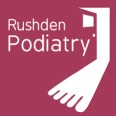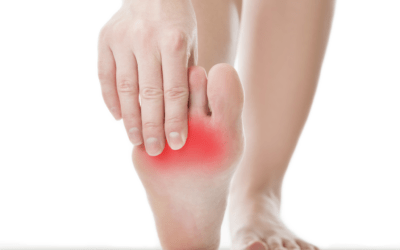
By Richard Keating (Podiatrist)
Pain in the big toe can be caused by a number of conditions and accurate diagnosis is key to getting you the best possible outcome. Conditions like bunions, gout, bursae, corns, sesamoiditis and arthritis of the toe can all be a cause of pain in the big toe. Your diagnosis will directly affect what treatment options may be offered. In this blog we’ll look at a condition known as first metatarsophalangeal joint osteoarthritis, otherwise known as hallux limitus or hallux rigidus.
First metatarsophalangeal joint osteoarthritis (Hallux Limitus/Rigidus)

The 1st metatarsophalangeal joint (1st MTPJ), often called the big toe joint, is a space at the meeting of the 1st metatarsal and phalanx bones. It is one of the joints in the foot more prone to suffering from osteoarthritis. The cause of the osteoarthritis can be primary in nature meaning it has simply occurred due to joint usage over time or secondary in nature meaning it has occurred due a to known cause such as an acute trauma which over time results in arthritic change.
It should be noted that sometimes due to a build-up of bone over the top of the joint from the arthritic process, some people may be led to believe they have a bunion rather than arthritis. A bunion is characterised by deviation of the bones at the joint which will rarely be present in hallux limitus or rigidus when the toe will remain straight. Treatments vary significantly between a bunion and osteoarthritis, so it is important that the two are distinguished.
People who are suffering with 1st MTPJ osteoarthritis often complain of stiffness in the joint, but not necessarily pain. It is not known exactly why some individuals develop osteoarthritis in the absence of pain and why some people experience significant pain and dysfunction.
But we do know that not all people will be spared the painful process, and they may find that a sore big toe is starting to limit their ability to engage in activities that they enjoy. However, the good news is that there are treatment options available for this condition!
Will I need scans?
In the first instance you are not likely to need any scans. A good clinician can diagnose 1st MTPJ osteoarthritis by discussing your symptoms and performing a detailed physical foot and ankle exam. X-ray’s can be very useful for showing the extent of osteoarthritis or helping to rule out other conditions we may be concerned about.
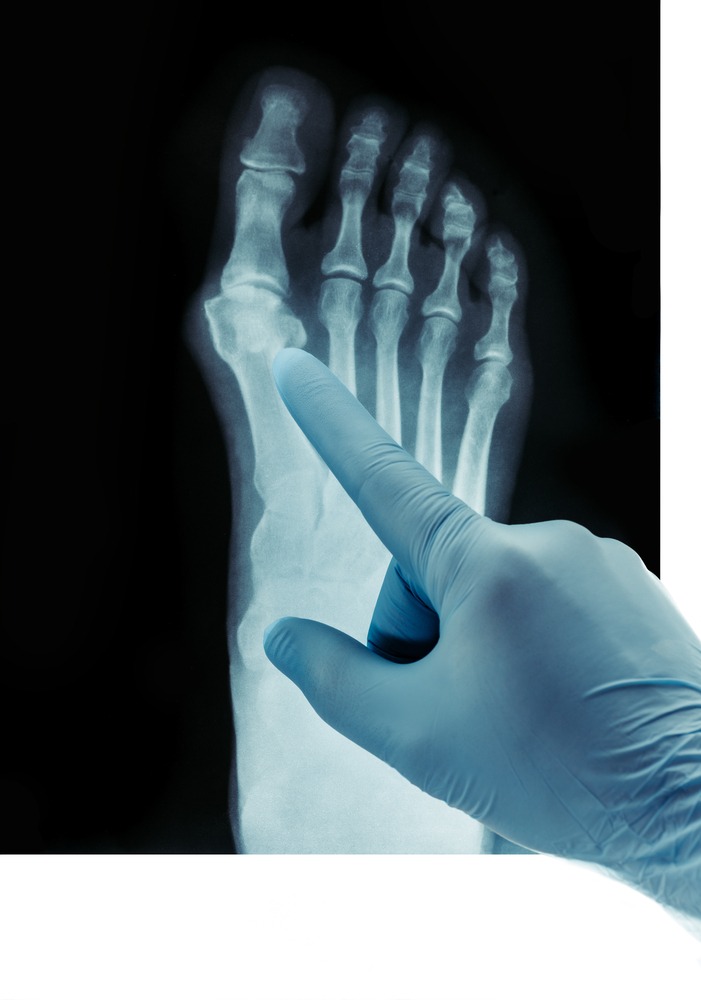
What is the treatment?
Footwear
There is good evidence that often a change in footwear will have a significant effect, but this begs the question – what shoe features are likely to give me the best relief? If you have a bump on the top of the joint (called an osteophyte) you should avoid wearing a shoe that applies pressure to the bump so shoes that are deeper and wider in this area are best.
You may think therefore your light canvas shoes with a soft upper and flexible sole are your best option. While this will limit rubbing on the bump if you have one, your big toe will be forced to bend leading to an increase in pain. The type of shoe that is best for you will depend on the flexibility of the big toe joint. If the joint is very limited in its range of motion, we may suggest rocker sole shoes. Rocker sole shoes move your sore joint the least and result in most reduction in pain, but it should be borne in mind they will not be suitable for all activities or if we are concerned about your balance.
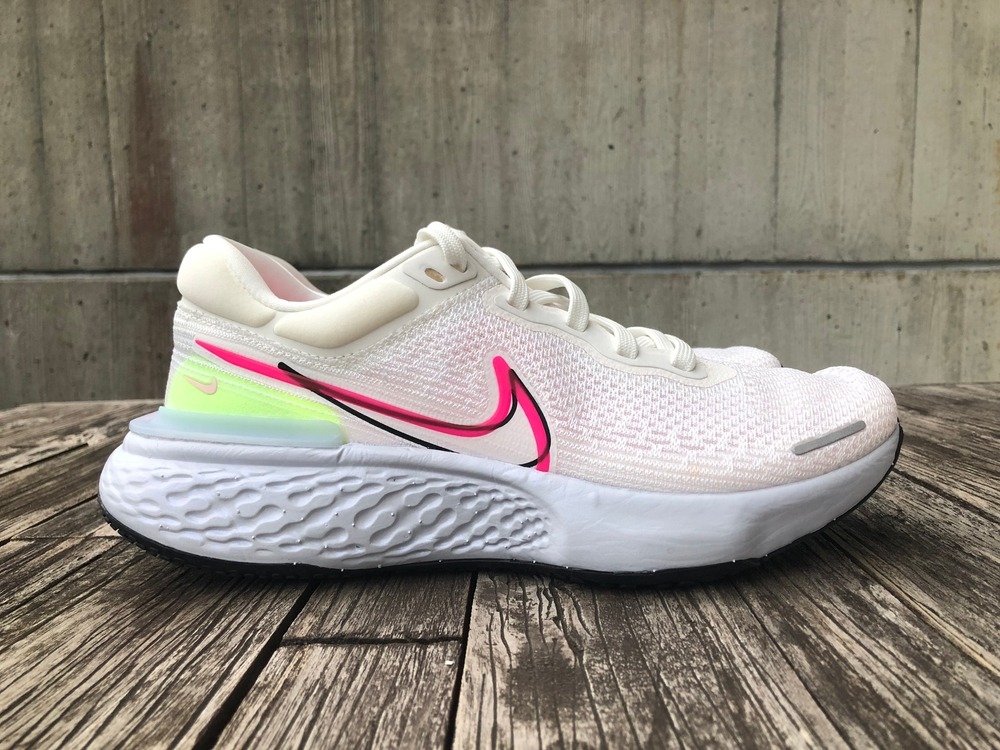
Insoles/Orthoses (in-shoe supports)
The use of insoles or orthoses can be a good adjunct to treatment in most cases. In early or mild cases we may suggest insoles designed to improve function around the joint. In very painful or significantly arthritic toes we may recommend treatment with an orthotic that has a feature called a Morton’s extension that is designed to almost splint the toe and reduce its motion. This treatment is best coupled with the right footwear.
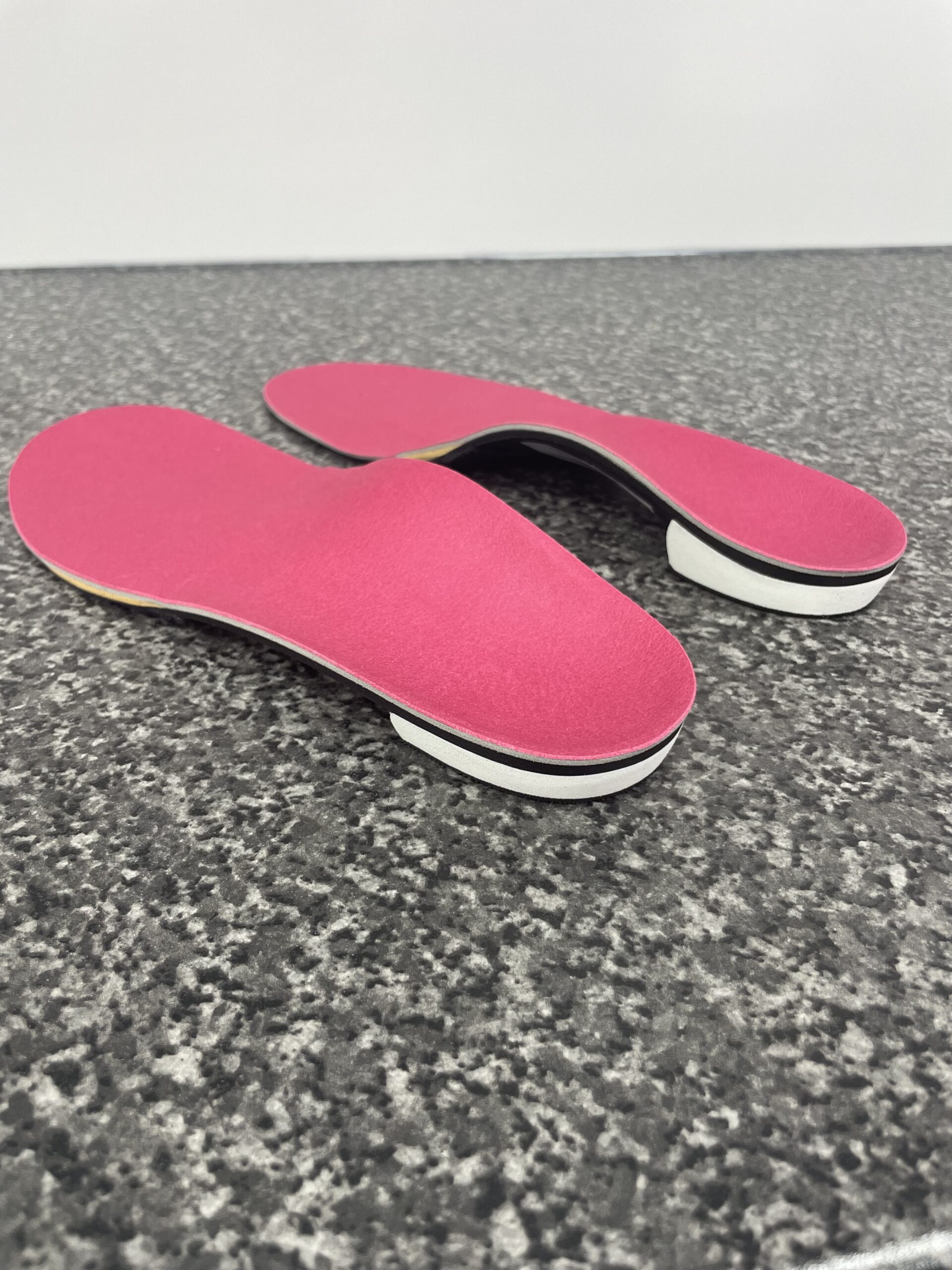
Strengthening exercises
There is unlikely to be any specific strengthening that will help the treatment of this condition however generally it can be said that arthritic joints do respond well to strengthening of adjacent structures and movement over time. We may give you some strengthening exercises called intrinsic foot exercises but for the most part we will encourage you stay active.
Steroid injections
Steroid injections can be a very effective treatment in the right scenario. A steroid is a very strong anti-inflammatory. The medication is injected into the joint and can result in a reduction or resolution of pain for several months. We may use ultrasound to help guide the injection.
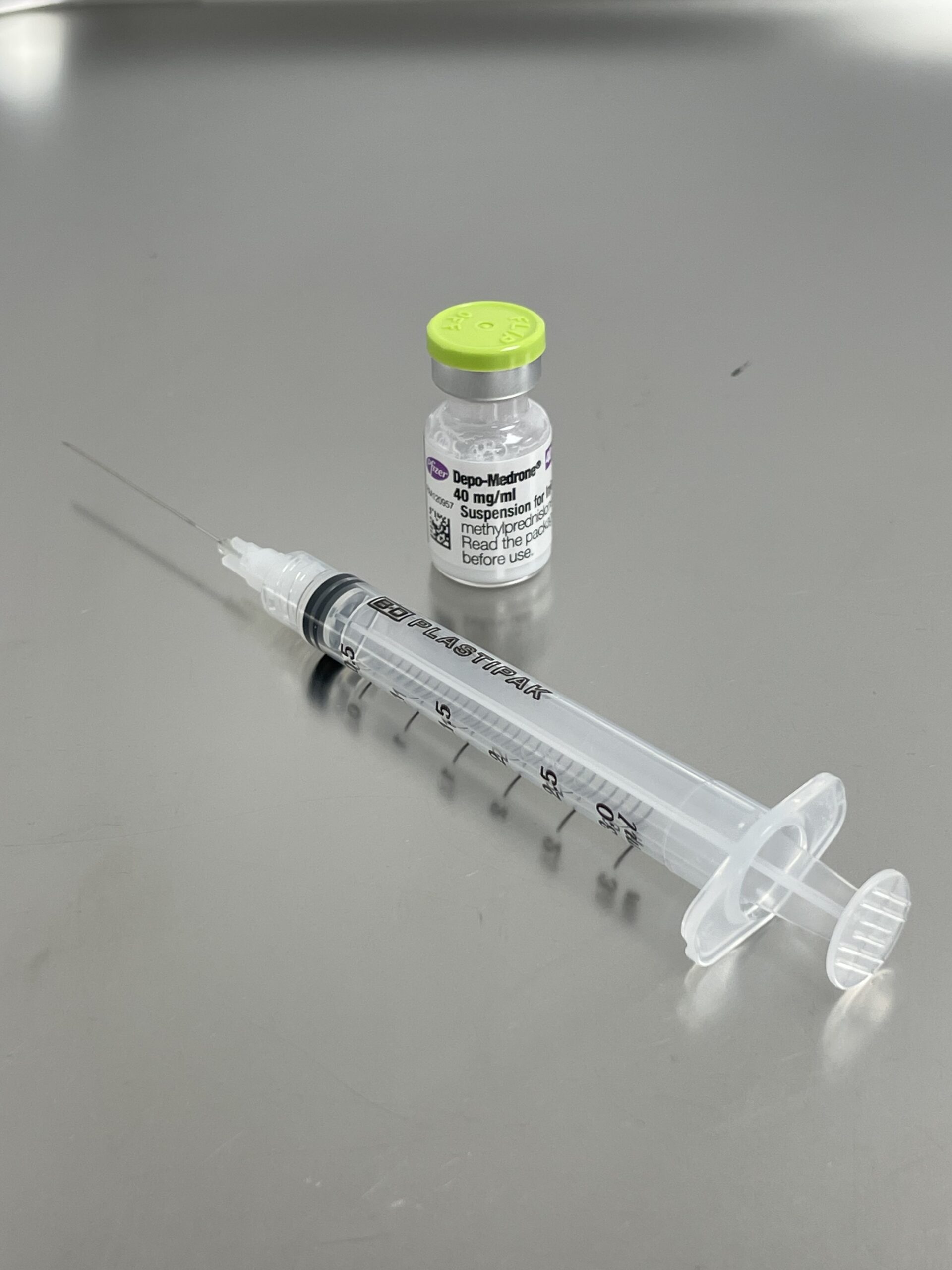
Surgery
There are various surgical procedures available for this condition. They can generally be categorised into joint salvaging or joint destructive procedures. In the interests of simplifying interpretation of this, an individual with a significant osteophytic bump but otherwise mild arthritis might be offered a procedure called a cheilectomy which is a joint salvaging procedure. It involves shaving off the bony bump and essentially drilling out the joint space. This is a suitable option in select cases. By far the most common procedure offered to treat painful 1st MTPJ osteoarthritis is called an arthrodesis or fusion. Your surgeon would talk through the different options with you and advise which is the most appropriate.

We have local links and working relationships with local surgeons. If we feel you are a suitable candidate for surgery, we can refer you directly to the Podiatric surgery team on either an NHS or private basis.
If you are having big toe joint pain, don’t suffer in silence! We can help you get back to doing those activities you love, pain free. Contact us on 01933 594444 to find out how we can get you started on the road to recovery, alternatively you can book an appointment with one of our Podiatrists here https://rushdenpodiatry.co.uk/booking/
